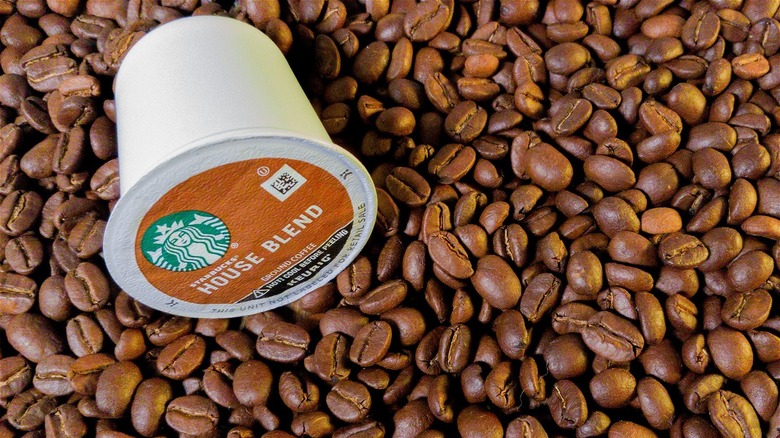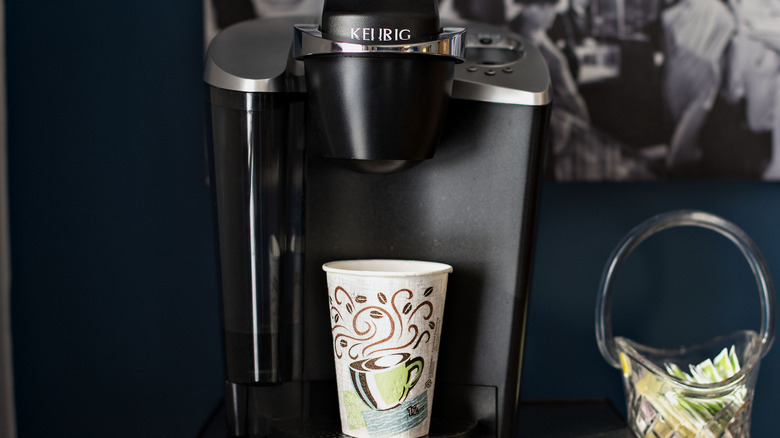The Reason Your K-Cup Coffee Tastes Weird
Picture this: You eagerly brew your morning cup of joe using a convenient K-Cup, only to be greeted by an unsettling, weird taste. What's the deal? One likely suspect is excessive oil buildup and limescale. Yes, those innocent-looking K-Cups can leave behind a trail of residue within your trusty brewing system.
Over time, these accumulated oils have the audacity to disrupt the natural flavor profile of your brew, resulting in that distinct and peculiar taste that has you scratching your head. That is why cleaning and descaling your machine is essential. The most popular way to clean out your dirty machine is to run white vinegar through it.
But that's not the only factor that can throw your coffee experience off balance. Another factor is the freshness of the K-Cups themselves. Think about it – those K-Cup beans have likely been ground days, weeks, or even months in advance. Regardless of how convenient the brewing process might be, stale beans can result in a less-than-stellar cup of coffee.
Last but certainly not least, let's not overlook the possibility that you might simply be sipping on boring K-Cup flavors. How about indulging in s'mores coffee or caramel pecan? By mixing it up and trying out some out-there flavors you open yourself up to a world of taste sensations. We also recommend adding coffee hacks like different spices, flavored coffee creamers, or simply double-up your K-Cup to help make it stronger.
How to get the perfect Keurig coffee
Now that we've identified the culprits behind weird-tasting K-Cup coffee, let's explore how to achieve the best possible brew. Start by using fresh water for each brew. It's important to note that Keurig advises against using distilled or overly soft water, as they may pose potential sensor issues within the appliance. Freshwater, on the other hand, is the ideal choice for achieving the best coffee extraction and preserving the true flavors of your K-Cup.
Furthermore, with Keurig models limiting you to 192°F while the perfect temperature for coffee extraction hovers around 195°F, it may seem like a challenge trying to reach the ideal extraction window. Fear not, coffee lovers, for we have a few tricks up our sleeves. Start by running an empty brew cycle to warm up the brewing system. You can also consider microwaving your mug or running it under hot water before brewing to ensure nothing cools down your brew. These simple yet effective adjustments can compensate for the lower temperature in Keurig models and make a notable difference in the flavor and overall enjoyment of your beloved K-Cup coffee.
So, with fresh distilled water and a couple of temperature-boosting techniques in your arsenal, you're well on your way to unlocking the full potential of your K-Cup coffee. Say goodbye to that weird taste and embrace a better brewing experience.

